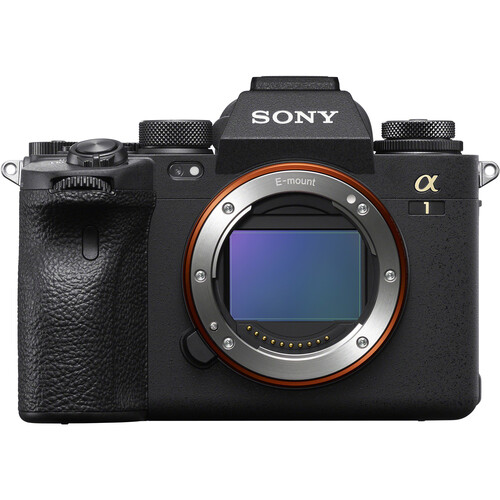

Unfortunately, my usual birding lens, the Sony 100-400mm GM, had an unfortunate meeting with a rock so is out of action, but I was able to test the A1 with Tamron’s newly released (and excellent) 150-500mm f/5.6-6.7 Di lens. The A1 is the first Sony camera with Real-time Eye AF for Birds, so I was keen to try it out for this review. Battery life is rated to a CIPA rated 530 shots, but in my testing, it easily exceeded this. The refresh rate is doubled compared to that of the A7S III to 240fps, although you can adjust the EVF frame rate down to 120fps or 60fps, if desired.įinally, behind a latching door are two dual card slots, which are both Sony’s new generation style that are compatible with UHS-II SD cards or CFexpress Type A cards. It’s simply gorgeous – bright and vivid with hardly any lag, it’s easily the best EVF I’ve used, and it works brilliantly with the electronic shutter which offers continuous shooting with no blackout. A 9.44 million-dot OLED, it gives a maximum resolution of 2048 x 1536 pixels and a massive 0.9x magnification factor. With a resolution of 1,440,000 dots, it’s bright, but not as bright as others we’ve seen – the Canon EOS R5 for example has a 2,100,000 dot rear LCD, but it does match the Sony A7S III in this regard.Īnd then there’s the viewfinder. This is touch compatible, and the touch response is mostly lag-free.

On the back of the A1, the control layout is essentially identical to that of the A9 II and A7R IV with a 3’, up-and-down tilting LCD. There’s a slightly different style of toggle lock for the exposure compensation dial (When clicked in you can adjust the dial, when clicked out it’s locked), which is a smart way to avoid the dreaded bumping of the EV dial in the field. This is a welcome feature, although it does require you to add an extra step to your muscle memory when changing settings on the fly. On the top panel, the drive mode, autofocus mode and shooting mode dials all have non-toggle locks, meaning you must first press a release button to change them. Sony claims its thoroughly weather sealed too, although we didn’t test this. That means that in the flesh it’s compact with a solid weight to it and a build quality that feels nice in the hand. If you’re wondering what it compares to, the A1 is nearly identical to the A7R IV in both size (129 x 97 x 81mm) and weight (737g). This means it’s picked up most of the subtle evolutions in camera body design that Sony has been making since the original A7 was released back in 2013. The bodyīy now, the form factor of Sony’s cameras should be familiar to most of you out there, and the A1 doesn’t deviate greatly from what we’ve seen before.

So, with that out of the way, let’s take a deeper dive. But then again as the saying goes, dreams are free, and when the cold light of day hits you can’t escape the fact you’re looking at a camera that costs twice what my car did. To put it simply, it’s a technical marvel, and the kind of camera that would have been the stuff of dreams just a few years ago.
#SONY ALPHA 1 FULL#
From its monster 50MP sensor, 30 fps second shooting, huge and high-res electronic viewfinder, 8K (10-bit 4:2:0) video capture that uses the full sensor and remarkably a body no bigger than any of the other Alpha series cameras, Sony has laid down the gauntlet by throwing everything including the kitchen sink at the Alpha 1 (I’ll call it the A1 from here on in).

Let me get it out of the way first – there’s never been a camera quite like this.


 0 kommentar(er)
0 kommentar(er)
